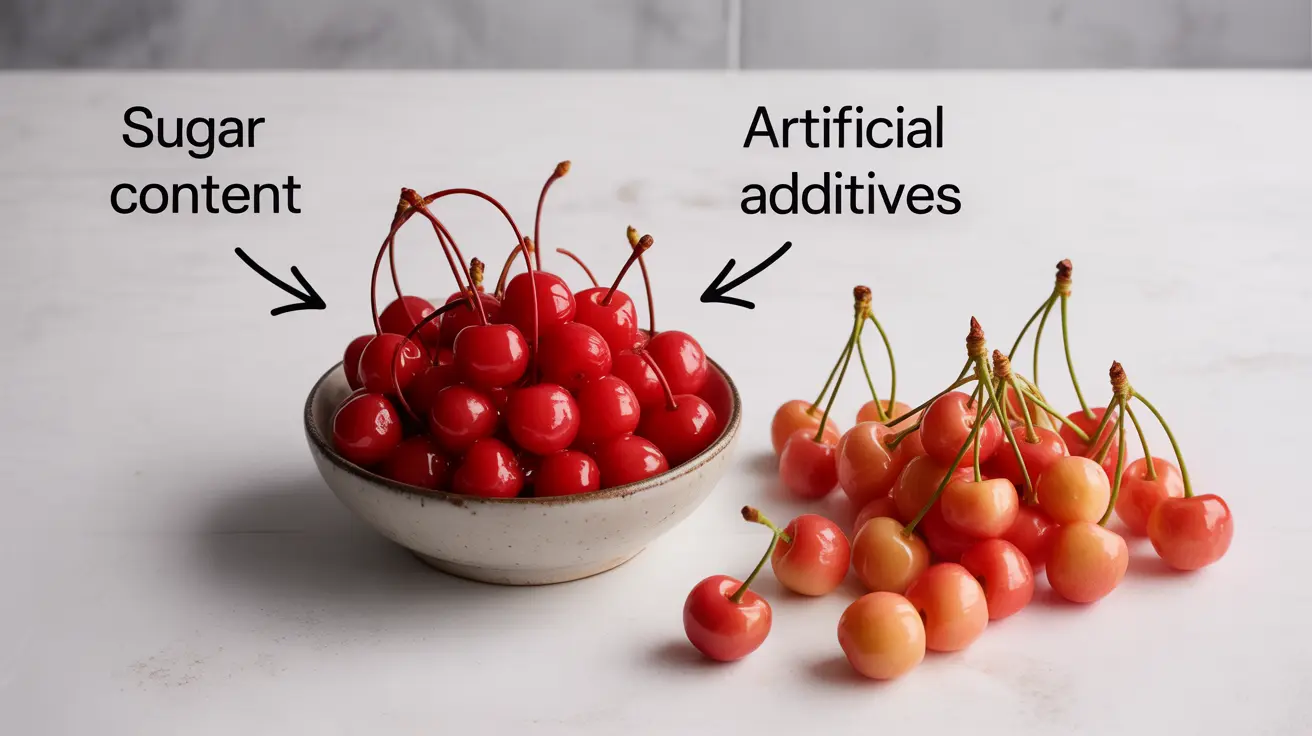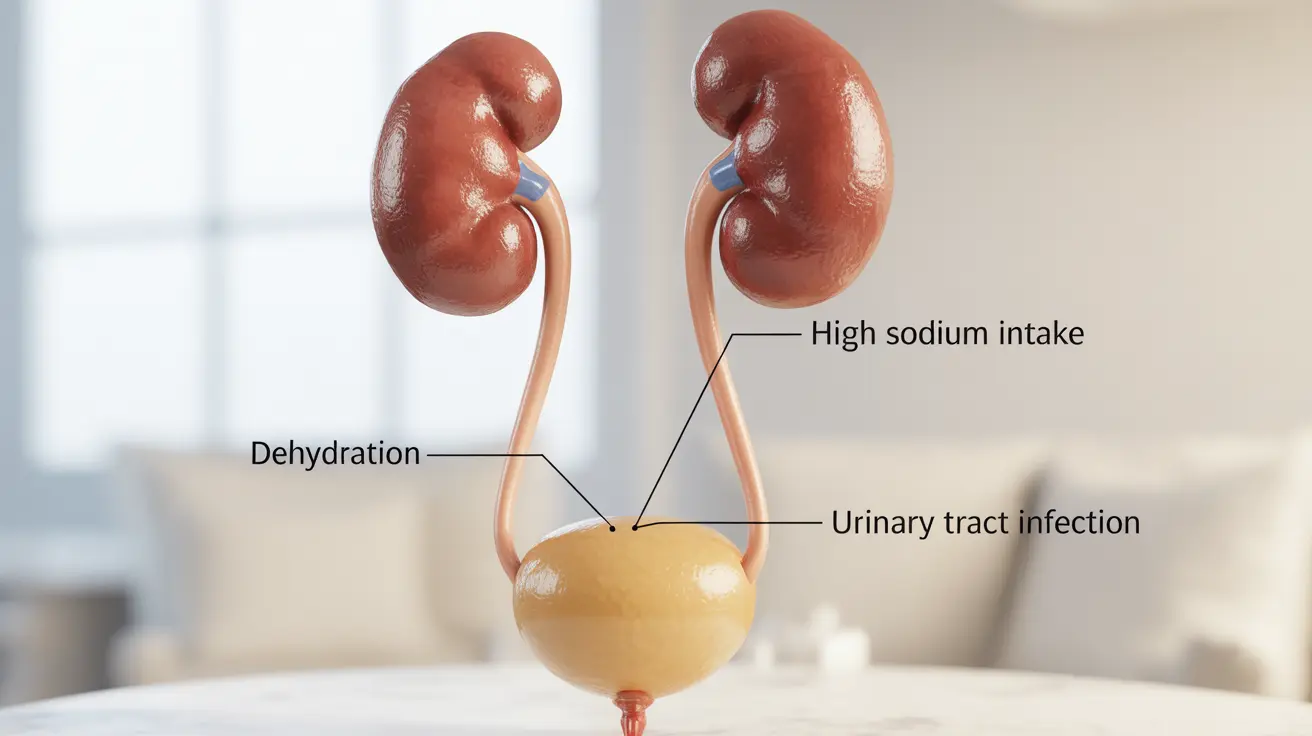Those bright red maraschino cherries sitting atop your sundae or floating in your cocktail may look appealing, but many health-conscious consumers wonder about their nutritional impact. As these processed garnishes become increasingly common in desserts and beverages, it's important to understand what they are and their potential effects on health.
In this comprehensive guide, we'll explore the composition of maraschino cherries, their nutritional profile, and potential health concerns associated with their consumption. We'll also compare them to their natural counterparts to help you make informed decisions about including them in your diet.
What Are Maraschino Cherries?
Maraschino cherries are preserved, sweetened cherries that undergo a significant processing method. Originally, they were made by preserving light-colored cherries in maraschino liqueur, but modern versions involve a more complex manufacturing process that includes bleaching, artificial coloring, and heavy sweetening.
Nutritional Profile and Sugar Content
The processing of maraschino cherries significantly alters their nutritional composition compared to fresh cherries. A typical maraschino cherry contains:
- High amounts of added sugars
- Minimal fiber content
- Few natural vitamins and minerals
- Additional calories from sweeteners
- Artificial preservatives and colorings
Health Considerations and Risks
Sugar Content Concerns
The primary health concern with maraschino cherries is their high sugar content. Each cherry typically contains about 2-3 grams of added sugar, which can contribute to various health issues when consumed regularly:
- Dental problems
- Weight gain
- Blood sugar fluctuations
- Increased risk of type 2 diabetes
- Cardiovascular concerns
Artificial Additives
Modern maraschino cherries contain several artificial ingredients that may raise health concerns:
- Red food dye (typically Red 40)
- Preservatives
- Artificial sweeteners
- Chemical bleaching agents
Comparison with Natural Cherries
Fresh cherries offer significantly more health benefits than their maraschino counterparts:
- Natural antioxidants
- Essential vitamins and minerals
- Dietary fiber
- No artificial additives
- Lower sugar content
- Anti-inflammatory properties
Making Healthier Choices
If you enjoy maraschino cherries but are concerned about their health impact, consider these alternatives:
- Fresh cherries
- Frozen cherries
- Dried cherries (unsweetened)
- Natural preserved cherries
- Other fresh fruit garnishes
Frequently Asked Questions
- Are maraschino cherries bad for you due to their high sugar content?
Yes, maraschino cherries can be concerning due to their high sugar content. Each cherry contains approximately 2-3 grams of added sugar, which can contribute to various health issues when consumed regularly, including dental problems and blood sugar management concerns.
- What are the potential health risks of consuming maraschino cherries regularly?
Regular consumption of maraschino cherries may lead to increased sugar intake, exposure to artificial additives, and potential allergic reactions. The high sugar content can contribute to weight gain, dental issues, and blood sugar fluctuations.
- Why do maraschino cherries contain artificial coloring and preservatives?
Artificial coloring and preservatives are used to achieve the characteristic bright red color and extend shelf life. The manufacturing process includes bleaching the natural cherry color and then adding artificial red dye to create the desired appearance.
- How do the nutritional benefits of maraschino cherries compare to those of regular cherries?
Fresh cherries are significantly more nutritious, containing natural antioxidants, vitamins, minerals, and fiber. Maraschino cherries, in contrast, have minimal nutritional value and contain added sugars and artificial ingredients.
- Can maraschino cherries cause allergic reactions or hyperactivity in some individuals?
Yes, some individuals may experience allergic reactions or sensitivity to the artificial colors (particularly Red 40) used in maraschino cherries. Some studies suggest artificial food dyes may contribute to hyperactivity in sensitive individuals, particularly children.




